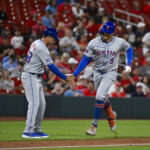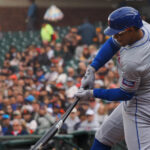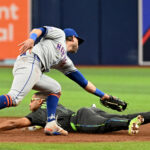
MMO Fan Shot by Marc Melton
In 1996, the Mets 71-91, good for 4th place in the NL East and a whopping 25 games back of the Atlanta Braves. Upon closer inspection, they grossly underperformed as a team. Their Pythagorean record was 78-84, so they finished seven games worse than their “expected” record. They had the third worst record in the NL (out of 14 teams) and the fifth worst in all of MLB (out of 29 teams).
However, if you look at just the individual player statistics, they should have finished much better. They finished with a team fWAR of 36.5, the 11th best fWAR in all of baseball, 5th in the NL. They finished with more WAR than the 88-win Expos (34.3), 82-win Astros (33.5), 91-win Dodgers (33.1), 85-win Red Sox (31.9) and the 83-win Colorado Rockies (26.8).
Based on the replacement level that is used to calculate fWAR (that is, a replacement level team would have a .294 winning percentage, which is approximately 47.628 wins), you take the team fWAR (36.5) and add it to the replacement level team (47.628) and get an expected win total of 84.128. So why did they only win 71 games?
Let us take a step back and talk about how the Mets got to 36.5 fWAR. Their three best offensive players each had career seasons. Bernard Gilkey had 7.6 fWAR, Lance Johnson had 6.4 fWAR, and Todd Hundley had 4.7 fWAR. That is a combined 18.7 fWAR.
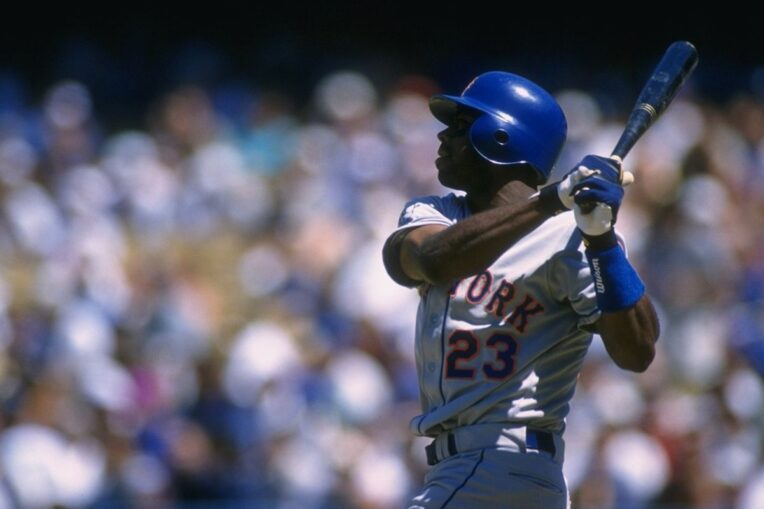
Their overall offensive fWAR was the 10th best season in Mets history, better than 1985, 2015, 2016, and 2019. Their pitching fWAR was…not good. The team’s top trio of Mark Clark, Jason Isringhausen and Bobby Jones put up a combined 7.7 fWAR, which is lousy by Mets standards.
Historically, the Mets have mostly been known as a team where pitching is their strength. Of the 58 seasons the Mets have played, the 1996 Mets pitching was their 42nd best season. However, if you look to see who the 41st was, it was the 1997 Mets, who won 88 games. That’s right, the 1997 Mets with their combined fWAR of only 34.7, won 88 games, 17 more than the previous season, despite nearly 2.0 fWAR less.
That 1996 team is a total outlier. Take the team fWAR from every Mets season, and you will see that it’s the 2nd most underperforming season by expected WAR wins, just one behind the memorable 1993 team (which has a whole book dedicated to that team). That being said, this is the most egregious case because it takes a team that was expected to have a winning season, and finish 10 games away from even finishing .500.
I have a few theories here as to why this team so underperformed. Let us dive in.
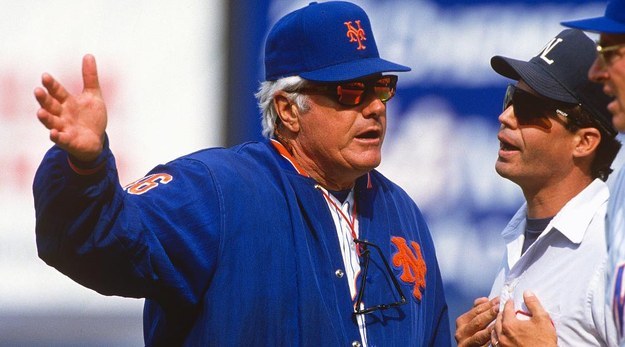
Dallas Green was probably a lousy manager. Yes, he won a World Series title with Philadelphia in 1980, but his overall winning percentage over 8 seasons was .487. Three of those seasons were shortened due to labor issues (1981, 1994 and 1995). In actuality, he only coached one full season, 1980. That team was already good, they had finished in first place three of the previous four seasons, and won 84 games the year they did not come in first.
In 1980, Mike Schmidt won the MVP, and Steve Carlton won the Cy Young. So Green clearly had some talent on that team. He was a much better team builder, as he was the director of player development for the Phillies from 1972 until his hiring as manager in 1979.
The Cubs poached Green after the 81 season to be GM and executive VP. He had an eye for talent, as he traded for Ryne Sandberg, Rick Sutcliffe, and drafting people like Shawon Dunston, Greg Maddux, Jamie Moyer, Rafael Palmeiro, Mark Grace and Joe Girardi.
Green left after 1987 because of “conflicts with ownership”. He lasted 121 games as Yankees manager in 1989, before Steinbrenner fired him for Green calling him “Manager George”.
The Mets hired Green as a scout in ’91, and picked him to replace the fired Dale Torborg (another disastrous Mets hire) in that memorable 1993 season. He managed during two strike shortened seasons, and was fired in 1996. His winning percentage as a Mets and Yankees manager is .450. Therefore, he is not that great of a manager.
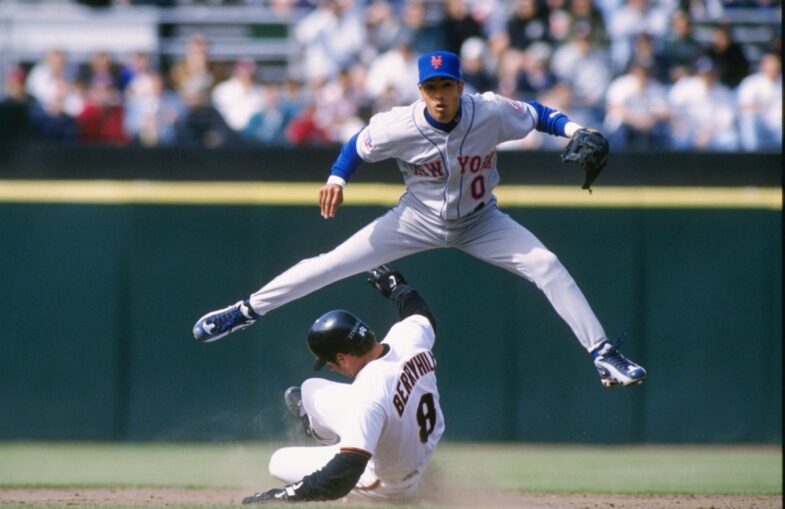
The Mets were historically bad on the road. They were 29-52 on the road. Since the mound was raised in 1969, only the 1983 Mets were worse, winning just 27 road games. Even the 93 Mets were better, going 31-50. The pitching was not build for road games. They had a 5.02 ERA on the road and a 3.49 ERA at home.
They rushed the development of some future stars that could have used another season in the minors. Edgardo Alfonzo was only 22 and did not even play in AAA before being called up. Rey Ordonez was 25 and had only played in 252 minor league games before getting the call-up. Paul Wilson had made only 40 minor league starts before his call up.
Wilson was called up because of the elbow injury to Bill Pulsipher, but they really should not have rushed him along. Alfonzo did not need to be called up, as the team already had Jeff Kent to play second base, and then they made Kent play out of position. Kent being traded mid-season really hurt his trade value, and on top of that, the trade they made with him was historically bad.
The Mets had a brutal 23-35 record in 1-run games. The team had 23 blown saves. The 2019 Mets and the 27 blown saves should be a reminder at how fragile a season can be, and the 2019 team had a 24-23 record in 1-run games.
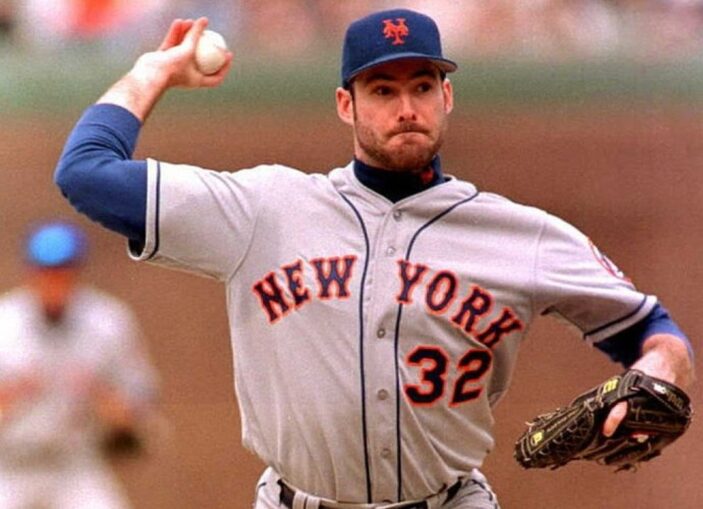
So what was the cause? Oh probably a whole combination of all four. In addition, they ruined Paul Wilson during this time. They called him up from the minors after not even 250 minor league innings pitched, and only 66 at Triple-A. On the surface, his 5-3 record and 2.85 ERA at AAA looks good, but compared to his number at AA, his walks were up nearly 1 per 9 innings and his strikeouts were down.
That trend continued in the majors, which after being hurt and throwing an absolutely brutal rehab start in AA after an injury in which he went 5 IP, 5 BB, 5 K and 4 ER, they should have sent him back to the minors or at least let him make some more rehab starts. It is not as if the Mets could not replace
Wilson with another pitcher as they also had Cory Lidle in AA at the time, not to mention the pitching depth they had at AAA with three pitchers with ERAs under 3.25 (one of whom would be a major Mets pitcher the next season, Rick Reed). They even had Dave Mlicki in the bullpen, despite him never being a full-time reliever before 1996 and pitching decently well in 1995.
By the 1998 season, there was almost a complete roster turnover. The Mets got almost nothing in return for dumping many of the players who were playing well for them.
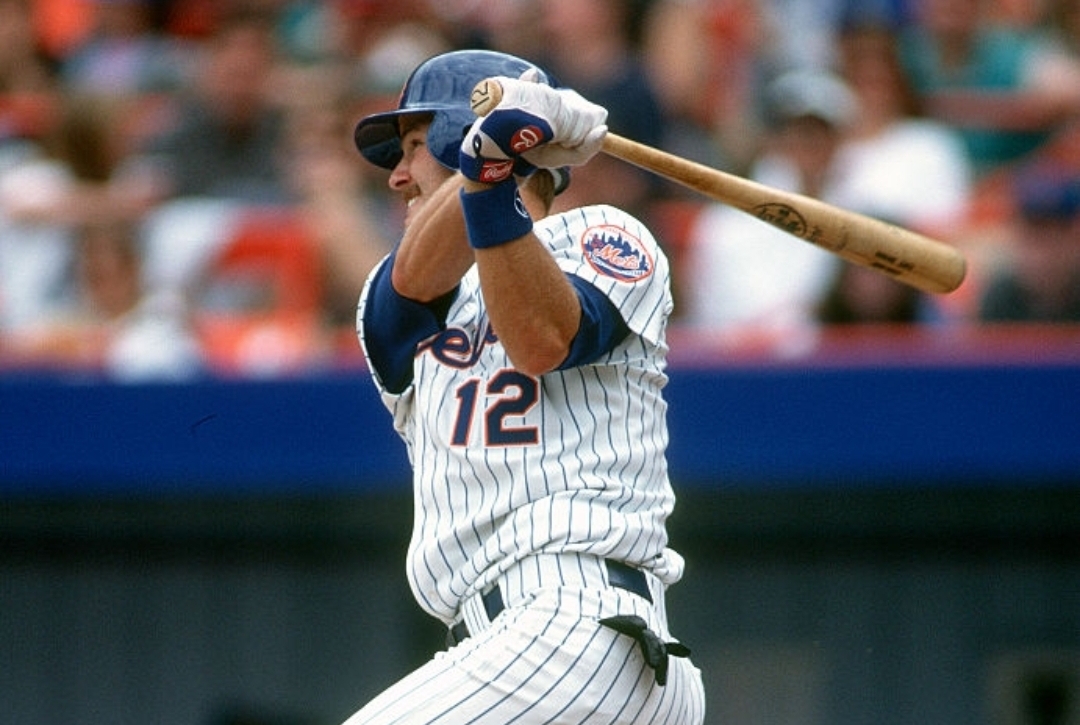
Jeff Kent and Jose Vizcaino were traded to the Indians for Carlos Baerga and Alvaro Espinoza. Bernard Gilkey was traded when his value was at its absolute lowest with Nelson Figueroa to the Diamondbacks for Willie Blair, Jorge Fabregas and cash.
Mark Clark and Lance Johnson were traded to the Cubs for Brian McRae, Mel Rojas and Turk Wendell. Sure, Wendell was good, but the other two were not.
Todd Hundley became expendable after they traded for Piazza, and they used him to get Roger Cedeno…who then they used to get Mike Hampton, so I guess that trade was not that bad.
In hindsight, it’s probably best that this was a lost season. Without it, Green probably doesn’t get fired and Bobby Valentine never becomes manager.
MMO Fan Shot by Marc Melton





